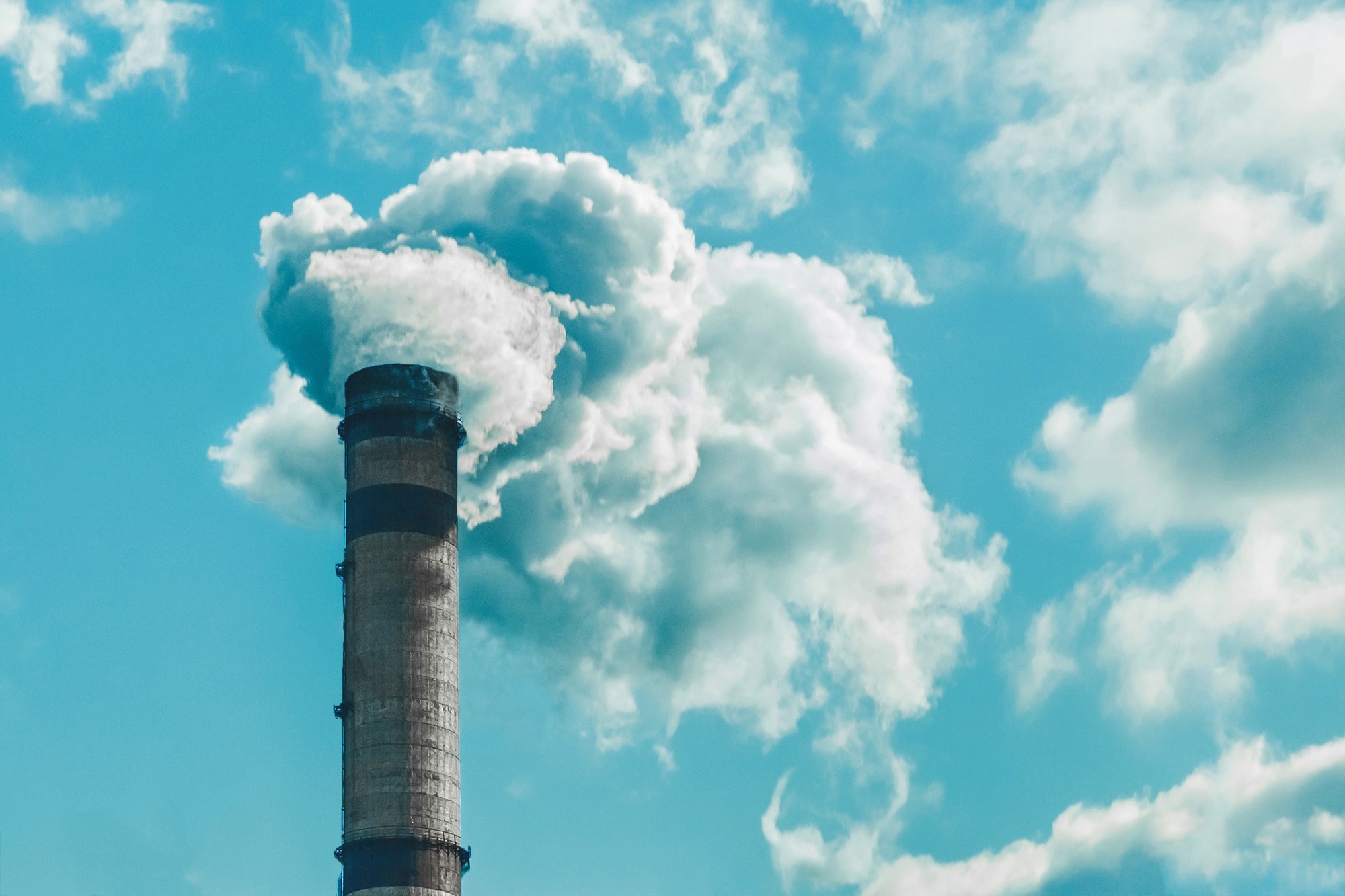Reviewed by Mila PereraSep 15 2022
Changing carbon dioxide (CO2) into hydrocarbon-based fuels such as methane using light would be one step towards CO2 neutrality and the alleviation of the greenhouse effect and energy crisis.

Image Credit: Shutterstock.com/AYDO8
A highly effective photocatalyst, presented by a Chinese research team, is based on gold atoms to render this transformation viable. Details of the research can be found in the journal Angewandte Chemie.
The photocatalytic conversion of CO2 takes place through a sequence of processes wherein electrons are shifted. This can bring about different products, including carbon monoxide (CO), methane (CH4), methanol (CH3OH), and other hydrocarbons.
Eight electrons must be shifted from CO2 to CH4 — beyond other C1 products. Methane is the thermodynamically advantageous end product; however, the competing reaction to produce CO needs two electrons and is much faster, so it is kinetically supported. Effective and selective methanization is, therefore, particularly difficult.
Recently, a team headed by Hefeng Cheng (Shandong University, Jinan, China) and co-workers formulated a practical method to turn CO2 into CH4 using solar energy successfully, involving a unique catalyst with single gold atoms. Since gold atoms aggregate in traditional preparative approaches, the researchers formulated a new approach that uses a multifaceted exchange to create the catalyst.
Owing to their exclusive electronic structures, single-atom catalysts behave differently from traditional metal nanoparticles. Moreover, almost all single atoms are accessible as active catalytic centers when adhered to ideal support.
In the case of the new catalyst, single gold atoms are adhered to an ultrathin zinc–indium sulfide nanolayer and are each matched to only two sulfur atoms. The catalyst was shown to be highly active when exposed to sunlight, with a CH4 selectivity of 77%.
A photosensitizer (a ruthenium complex) captures light, becomes stimulated, and accepts an electron that is provided by an electron donor (triethanolamine). Next, it moves the electron onto the catalyst. The solo gold atoms on the support's surface serve as “electron pumps.” They trap the electrons considerably more efficiently than gold nanoparticles and shift them to CO2 molecules and intermediates.
In-depth characterization and computations show that the catalyst triggers the CO2 molecules to a greater level than gold nanoparticles, more strongly captures the stimulated *CO intermediates, reduces the energy barrier for binding hydrogen ions, and steadies the *CH3 intermediate. This enables CH4 to be the preferred product and reduces the emission of CO.
Journal Reference
Si, S., et al. (2022) Low-Coordination Single Au Atoms on Ultrathin ZnIn2S4 Nanosheets for Selective Photocatalytic CO2 Reduction towards CH4. Angewandte Chemie. doi.org/10.1002/anie.202209446.